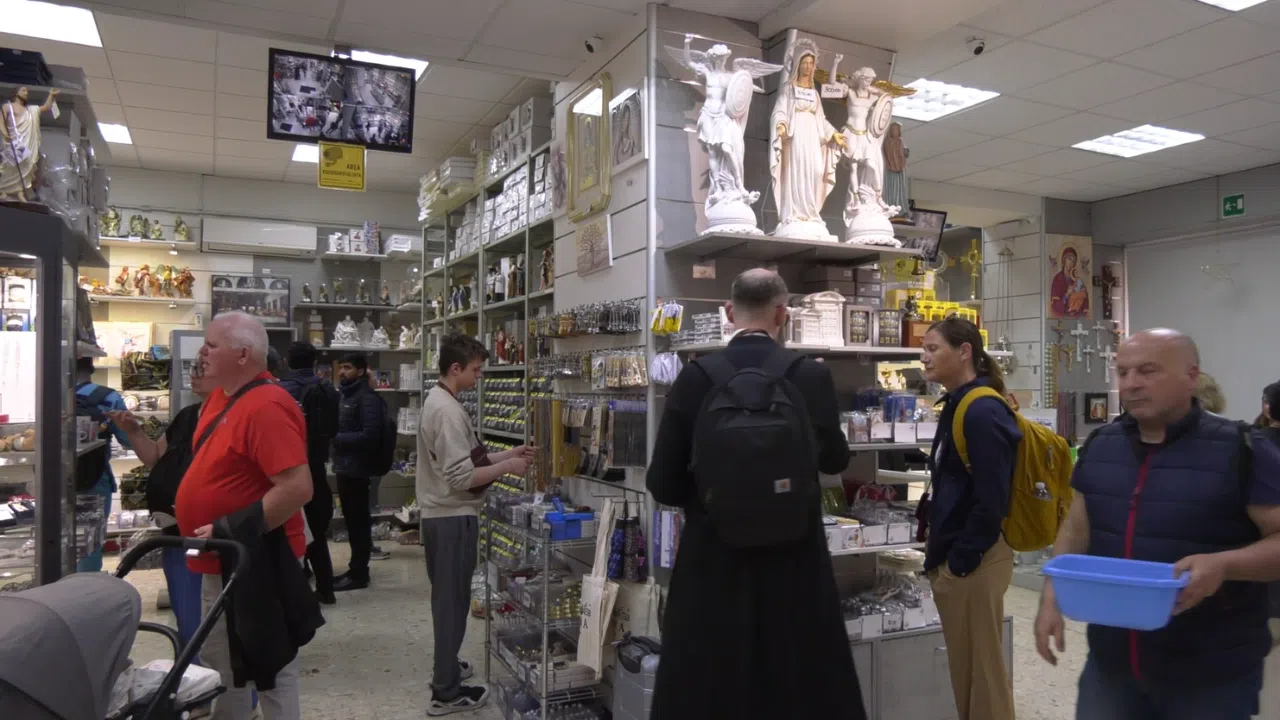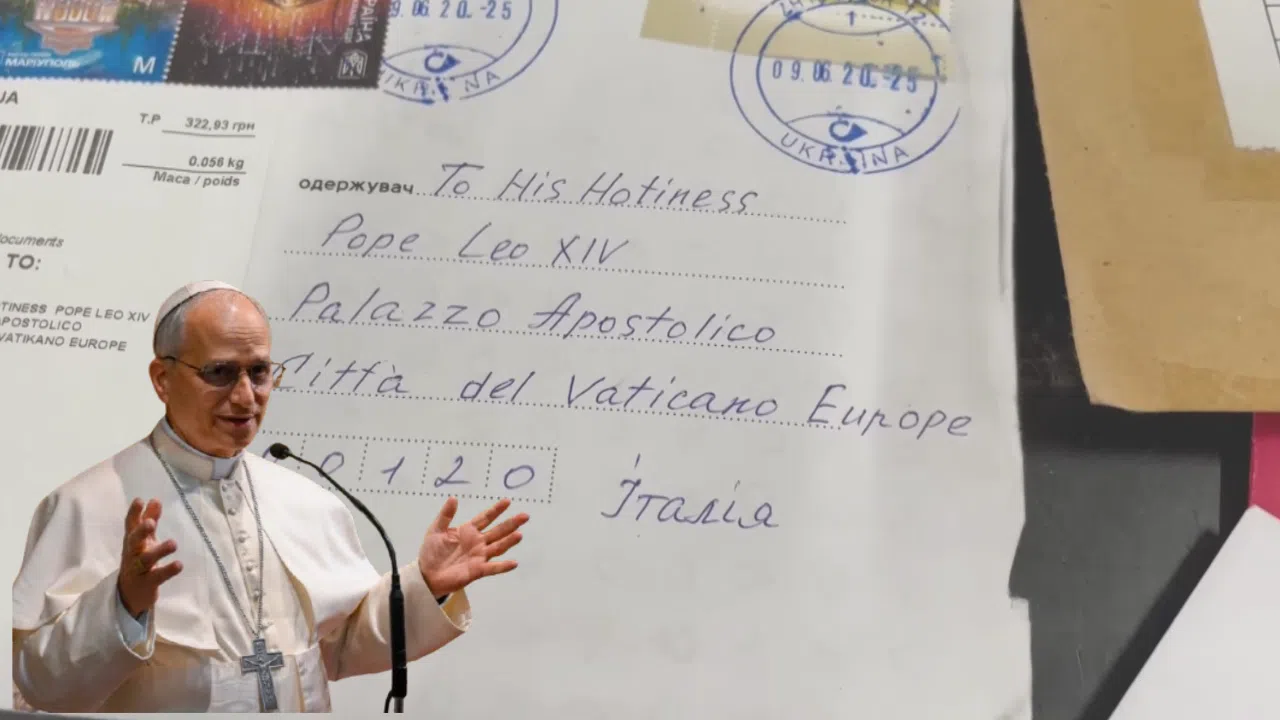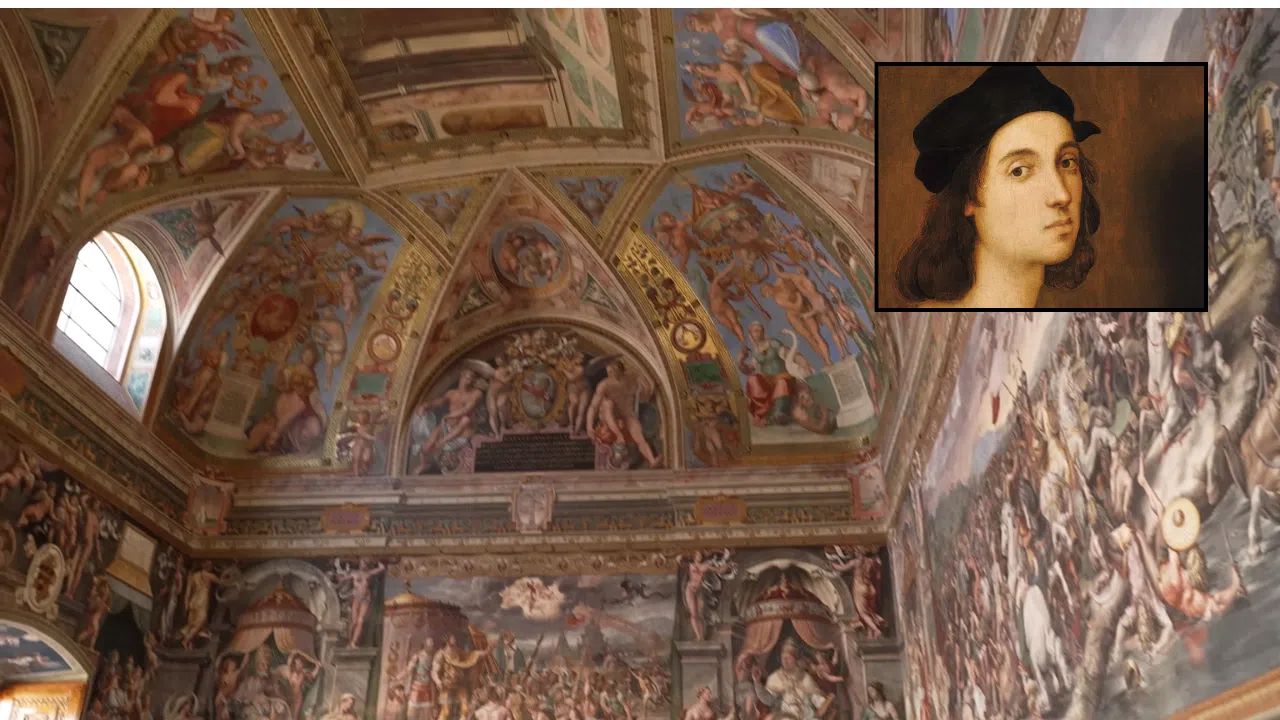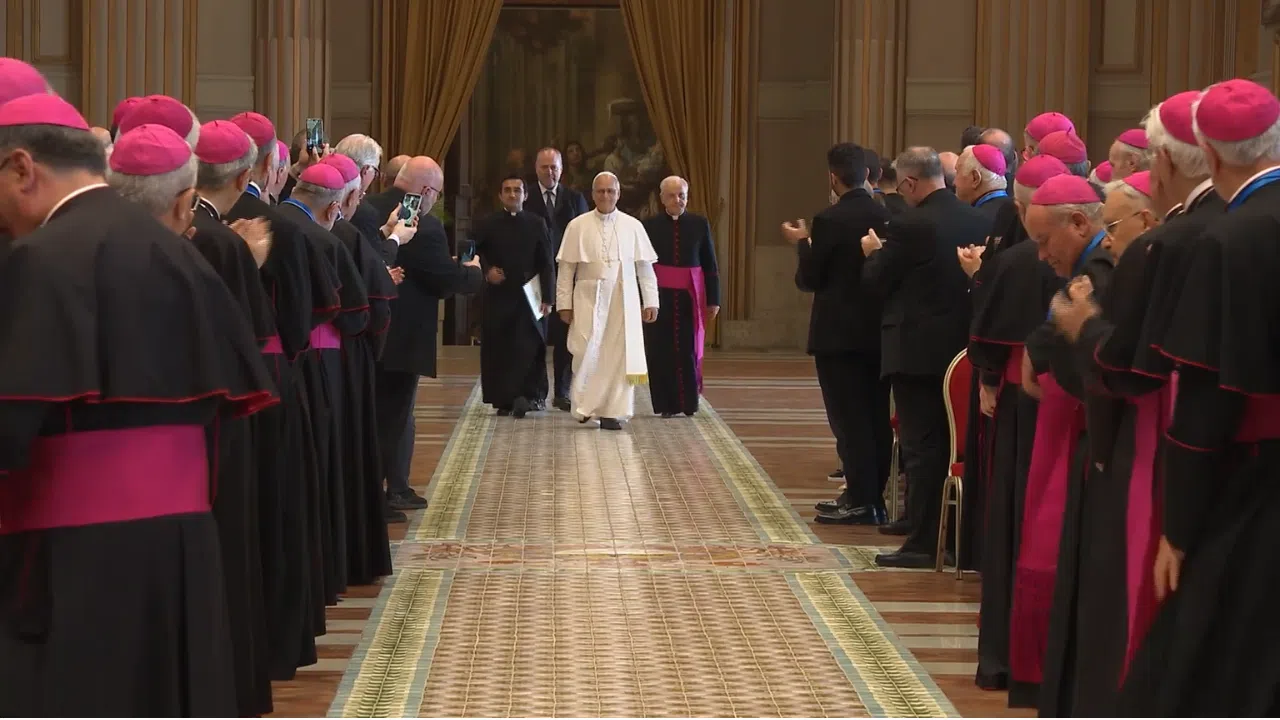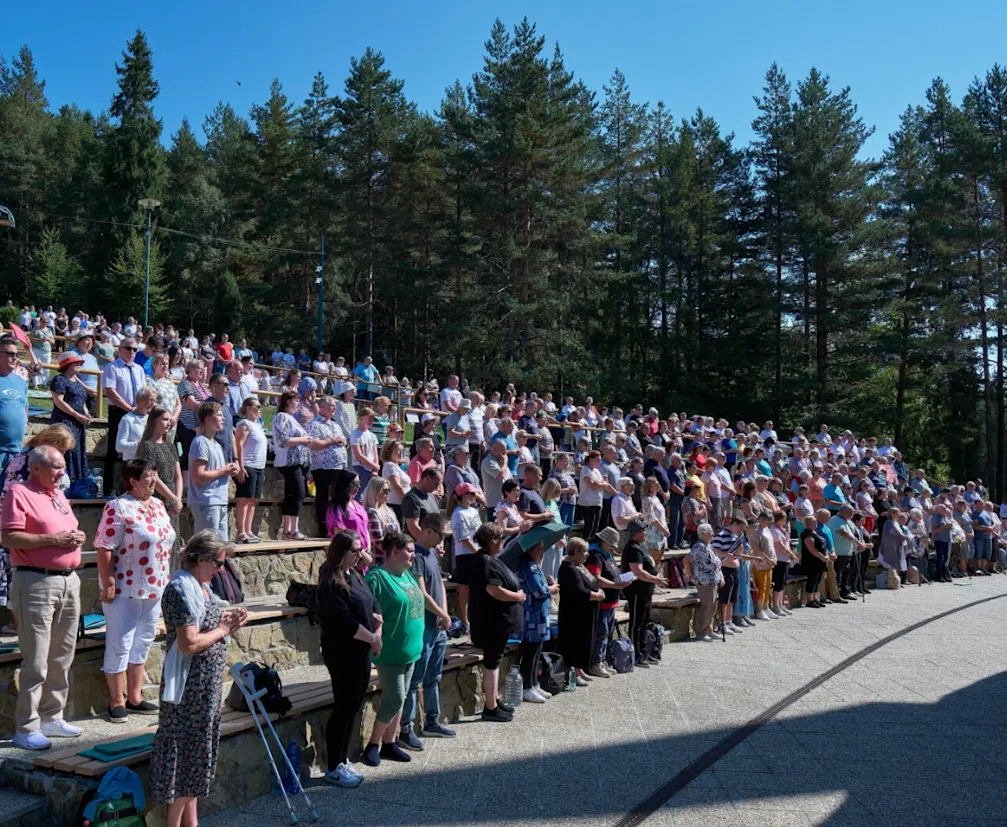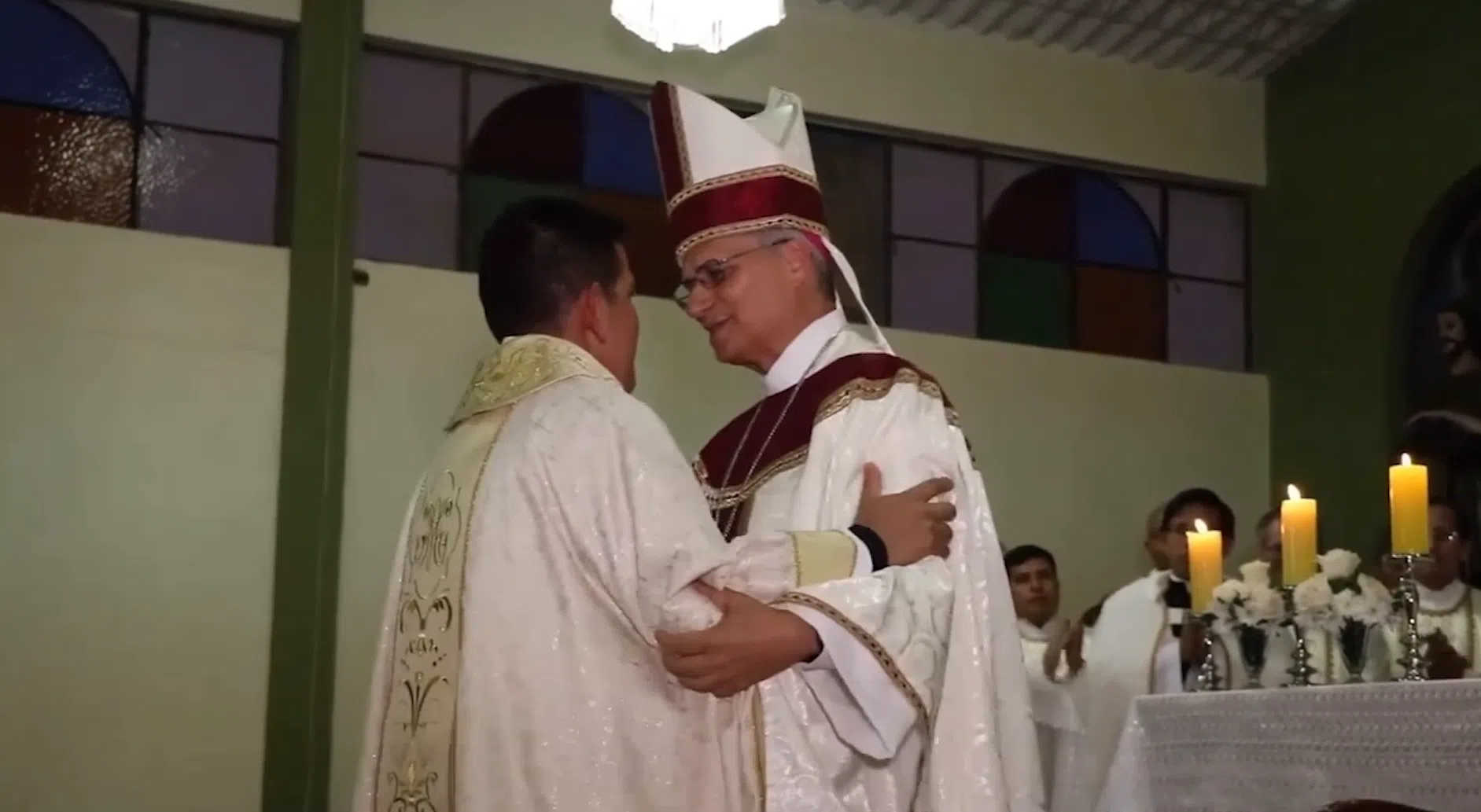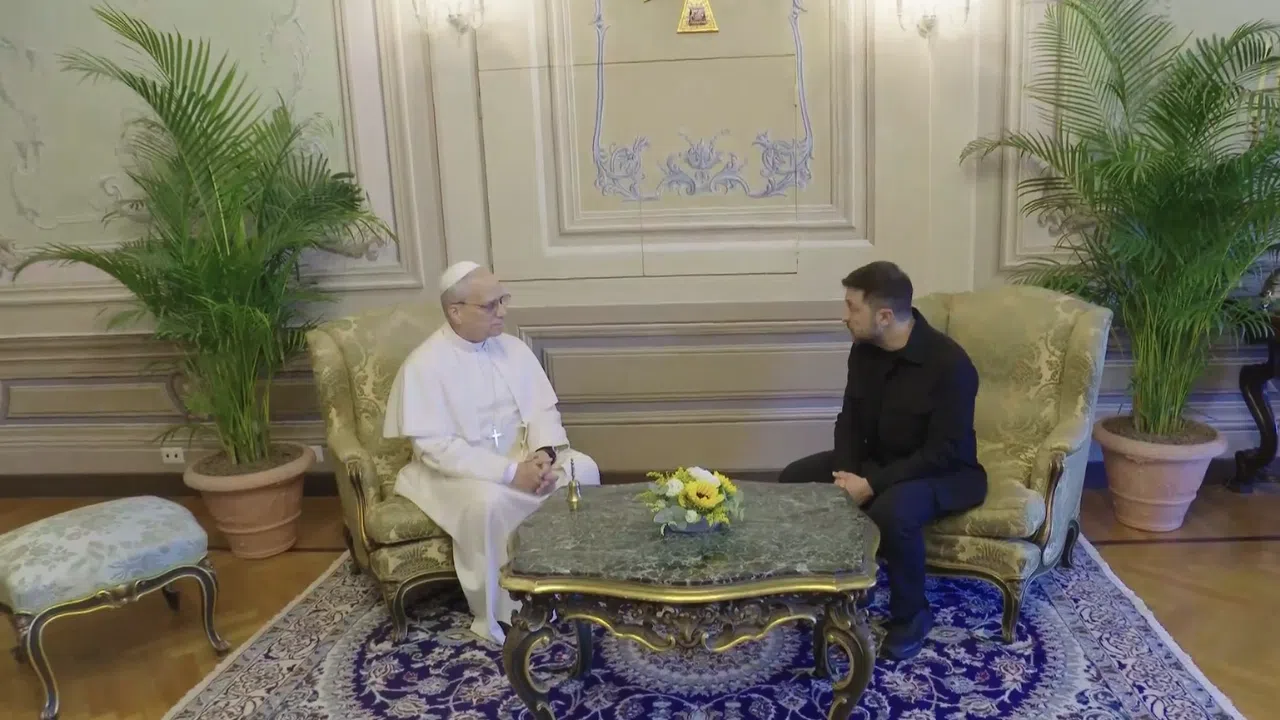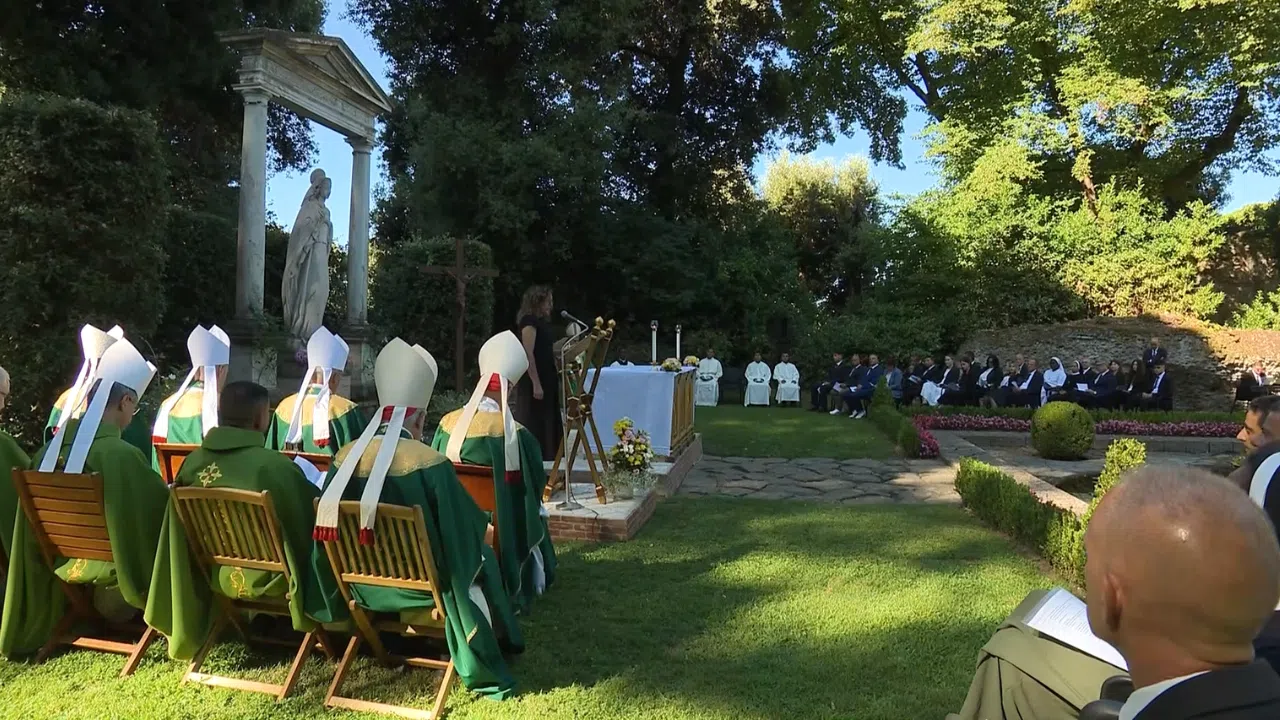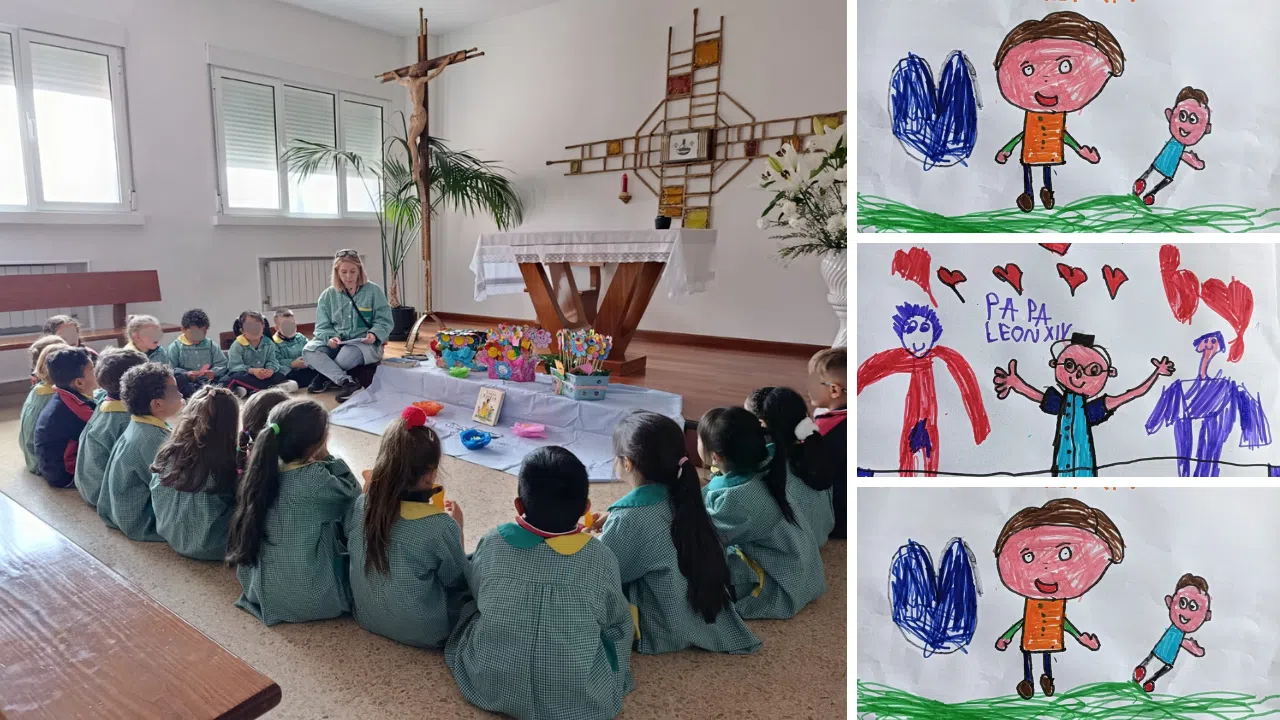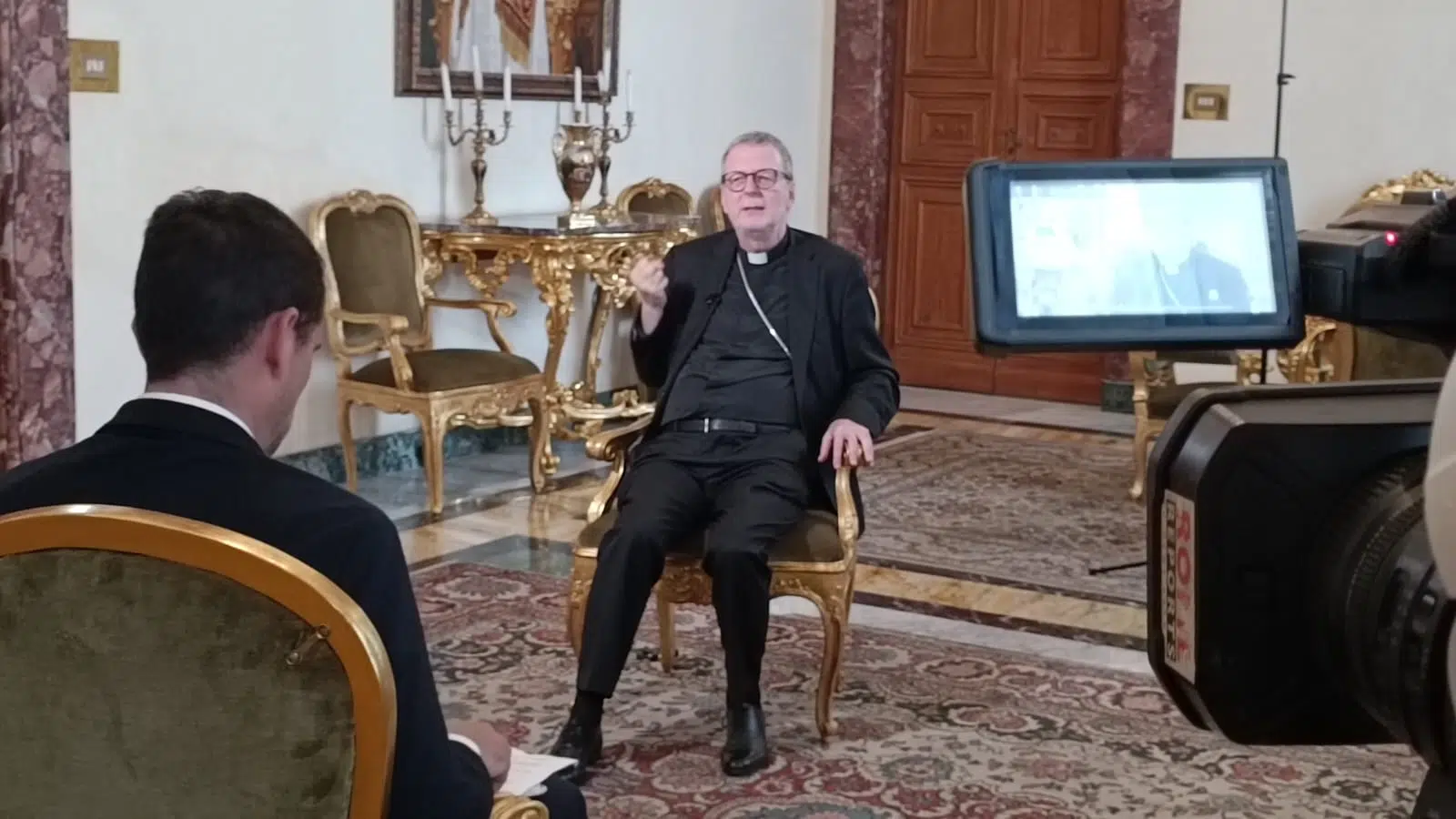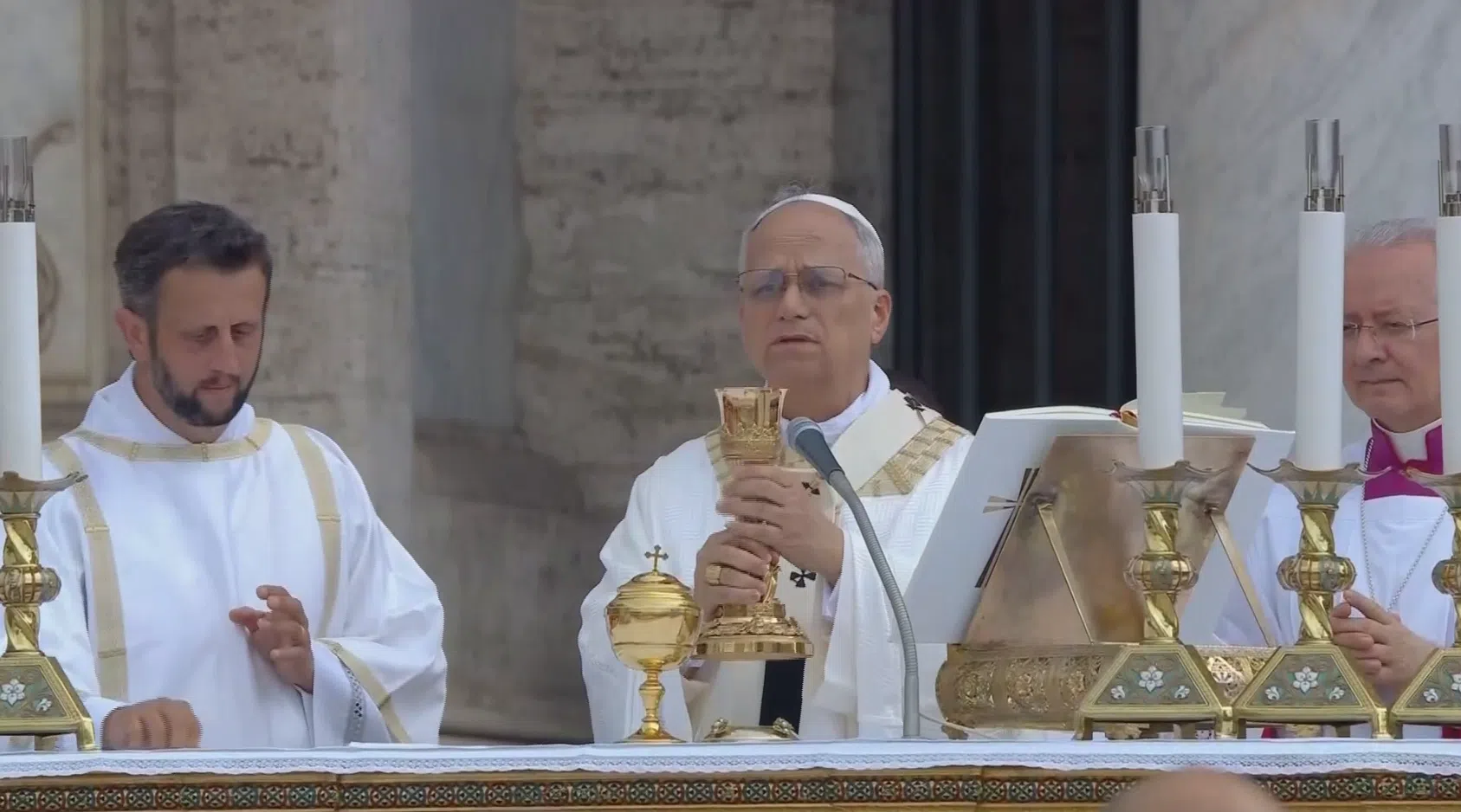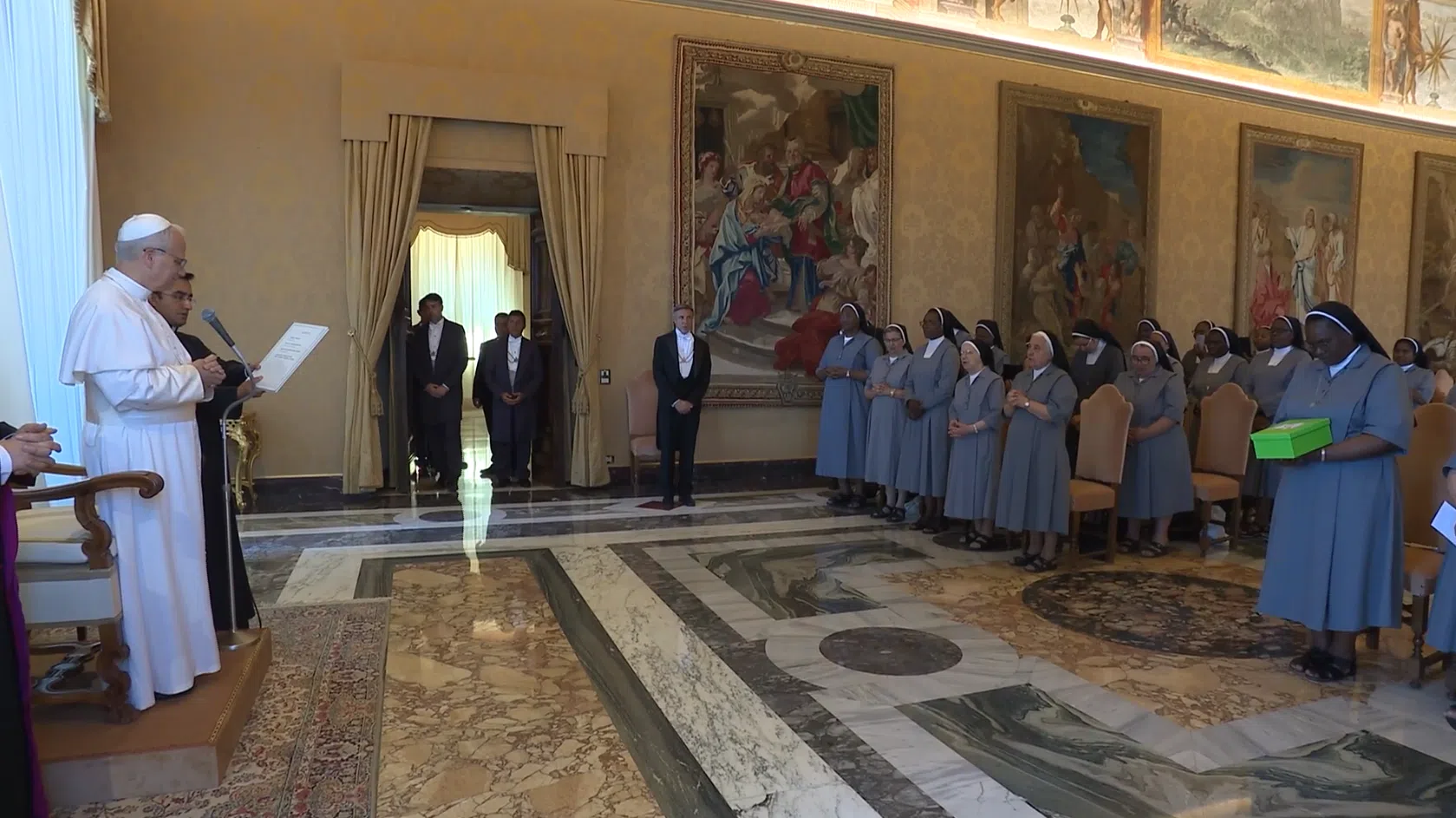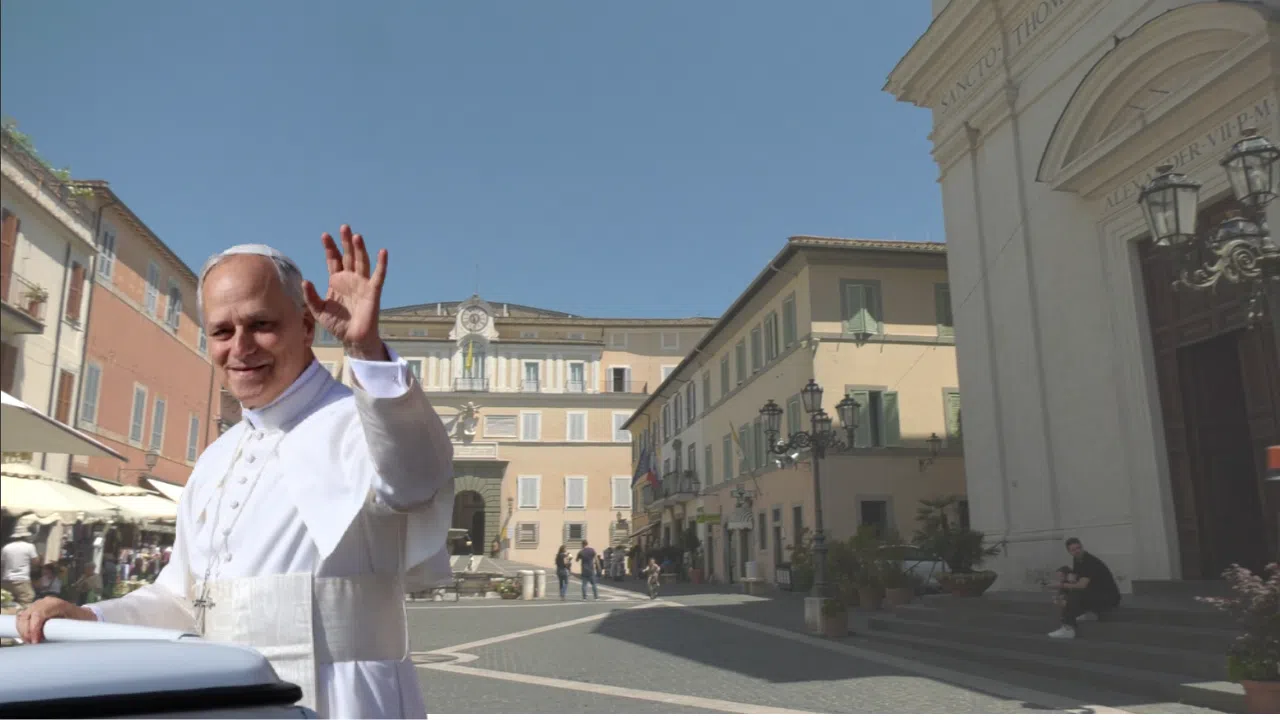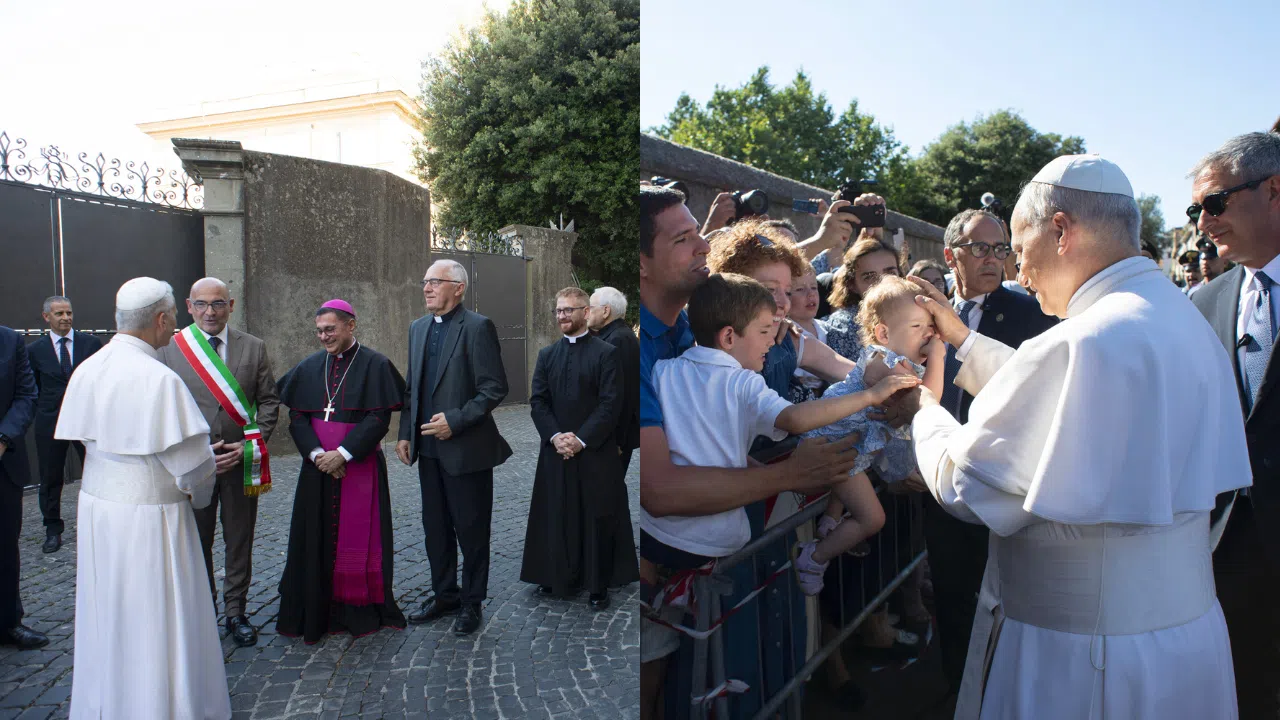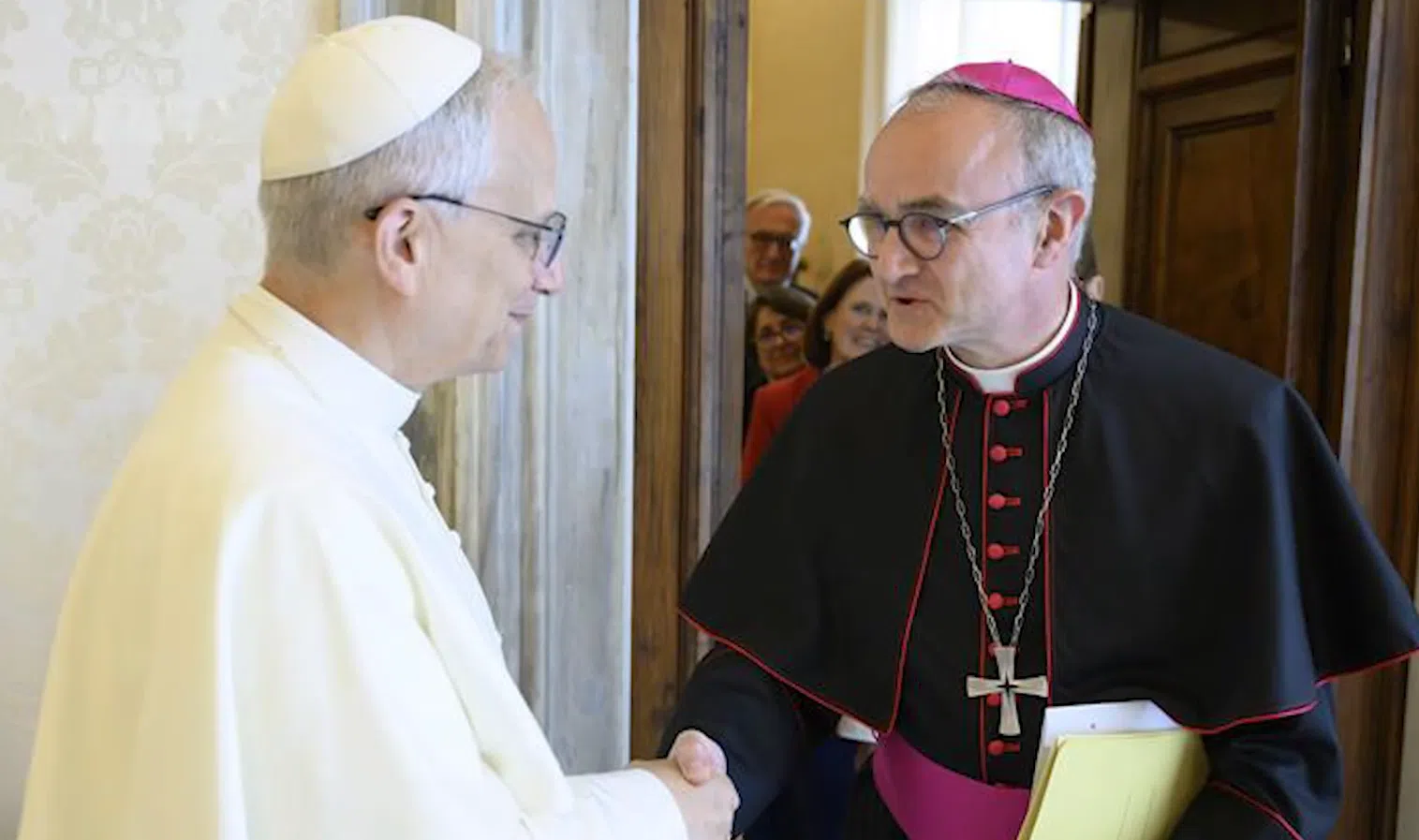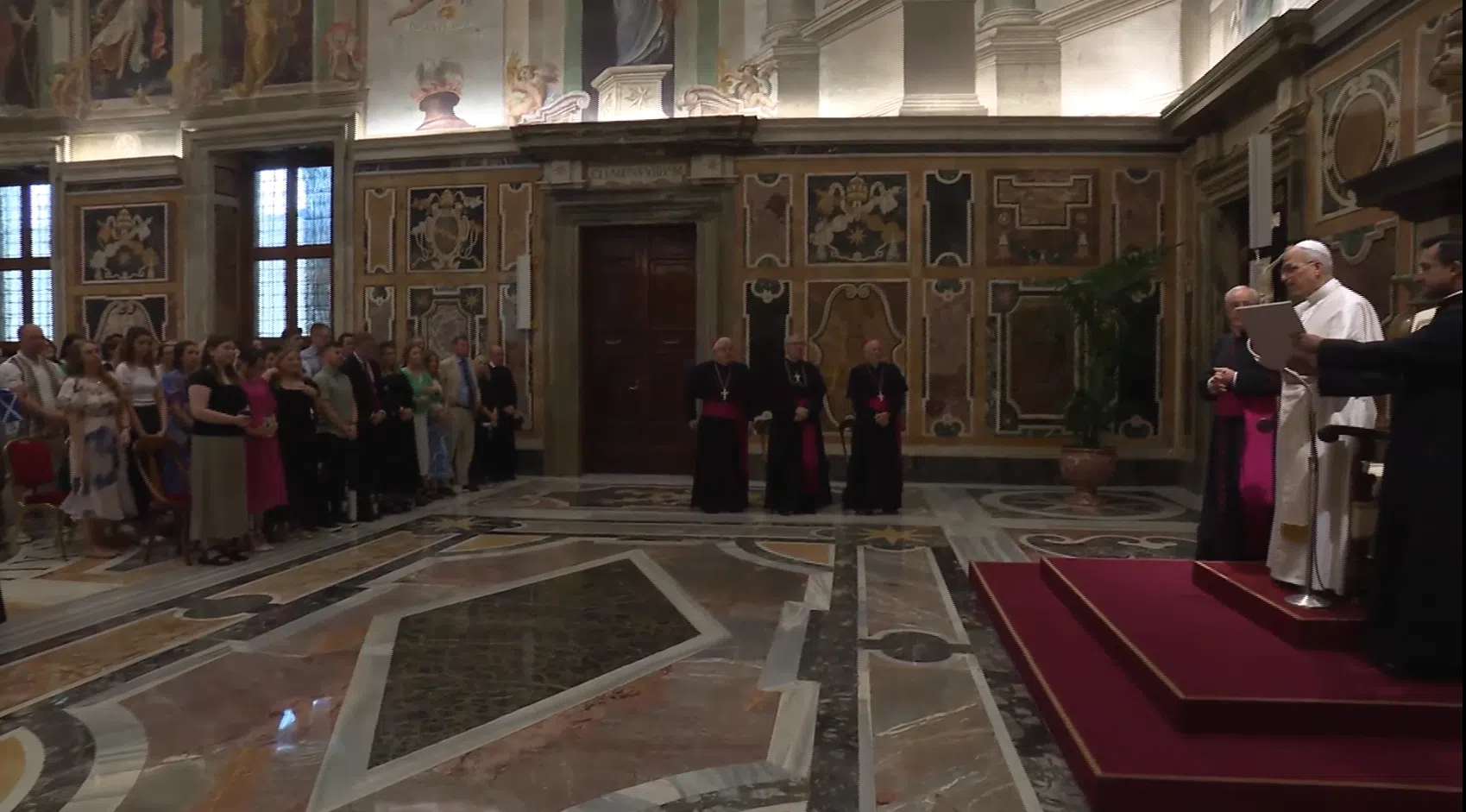Members of the Spanish artistic and diplomatic communities attended a concert in Rome at the National Church of Santiago and Montserrat. They commemorated the works of the great Spanish musicians who emigrated to Italy during the Renaissance.
The group La Grande Chapelle performed the pieces that were listened to in 16th century Rome, during the Easter festivities in Piazza Navona. At that time, the Spanish immigrants gathered in the Church of St. James of the Spainards to celebrate Easter with processions and chants.
ALBERT RECASENS
Director, La Grande Chapelle
It was a point of connection between the Spanish culture, all that great culture of musicians and artists who emigrated to the city of Rome. It was the center of Christianity, the center of creation, the center of spirituality. Together, they organized Spanish party on Italian soil, in the center of Rome, Piazza Navona.
The Tatiana Foundation, an organization that promotes youth education and scientific research, promoted this event for a special reason. It was a collaboration with the Cervantes Institute in Rome and the Spanish Embassy to the Holy See.
TEODORO SÁNCHEZ-ÁVILA
President, Tatiana Foundation
We are celebrating the centenary of the birth of our founder, Tatiana Pérez de Guzmán El Bueno. It has also been a special moment to remember her—she was a very simple person with a vision of the future that she transmitted to all of us who work in the Foundation.
IGNACIO PEYRO
Director of the Cervantes Institute in Rome
This Spanish National Church is in fact a small capsule, like an archive that Spain could almost be reconstructed starting precisely from its presence in Rome. It really gathers the presence of so many centuries, of so many Spaniards who have passed through here and have strengthened that bond.
Tomás Luis de Victoria was once the chapel master in this church. Here, he directed the choir and composed many musical pieces.
ISABEL CELAÁ
Ambassador of Spain to the Holy See
Because he studied here, because he worked here, because he played the organ here and composed here in the 16th century, we want to commemorate that all that meant that Spain had influence in Rome even before the Catholic kings.
The group concluded the concert with the singing of Regina Coeli by Tomás Luis de Victoria. For the choir director, this piece “condenses the deep spirituality of the composer.”
PA
TR: AT
